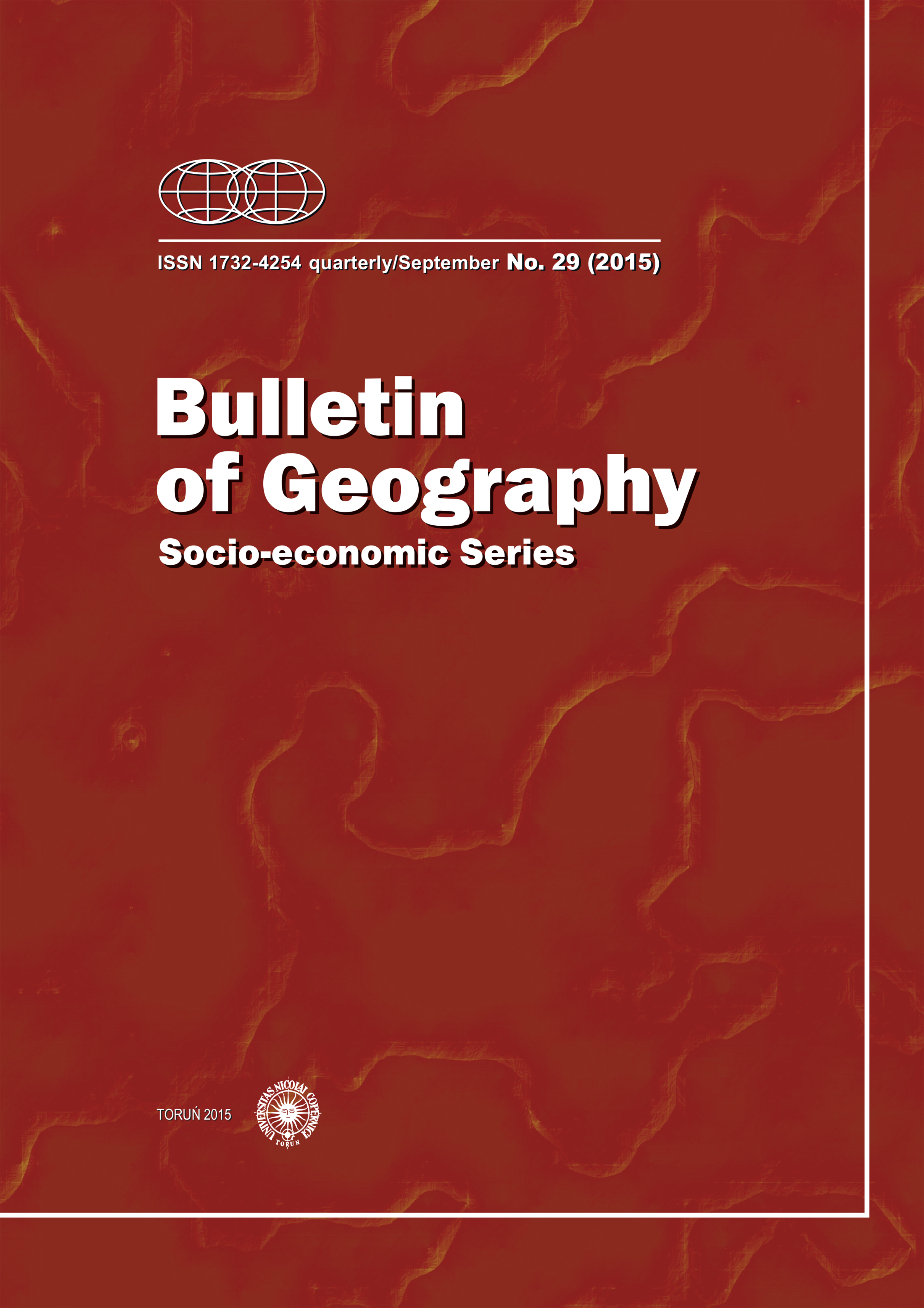Water supply, sanitation and hygiene education in secondary schools in Ibadan, Nigeria
Water supply, sanitation and hygiene education in secondary schools in Ibadan, Nigeria
Author(s): Christiana Ndidi Egbinola, Amobichukwu Chukwudi AmanambuSubject(s): Economy, Business Economy / Management, Micro-Economics, Energy and Environmental Studies, Socio-Economic Research
Published by: Wydawnictwo Naukowe Uniwersytetu Mikołaja Kopernika
Keywords: potable water; sanitation facilities; hygiene education; diseases; public schools
Summary/Abstract: Access to potable water supply, sanitation and hygiene education remains relatively low both in the urban and rural areas in developing countries. The main aim of the study was to get an overview of the condition of the water and sanitary facilities in schools and of hygiene education. The method of investigation involved systematic random sampling with the use of questionnaires and interviews with the students and teachers and onsite inspection of the sanitation facilities available within the schools. The results revealed that 24% of schools used W/C while 76% of schools used pit toilets, of which 88% were ordinary pit toilets and 12% VIP. The number of toilets within the schools ranged between 0 and 14 revealing a 185:1 student to toilet ratio within the study area, but ranged widely from 83:1 to 510:1 between schools. The study, however, revealed the absence of wash hand basins in 77% of the schools and no soap in 88% of the schools with wash hand basins. Investing in clean water, sanitation and hygiene education in these public schools should become a priority for governments in developing countries and School Sanitation and Hygiene Education program (SSHE) should be adopted and implemented across schools in Nigeria.
Journal: Bulletin of Geography. Socio-economic Series
- Issue Year: 2015
- Issue No: 29
- Page Range: 31-46
- Page Count: 16
- Language: English

